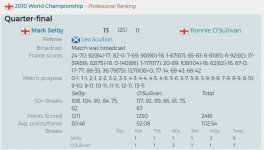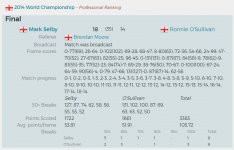Under the "free ball" rule, if your opponent commits any foul, and you are snookered on every legal target ball (usually all reds) you may declare any ball on the table to be on for that shot. For example, if your opponent goes in-off (scratches) and the only red left on the table down behind the black, you may declare the brown ball to be a red, shoot it in for one point since it was temporarily a red ball, and then play the blue as your color.
There have been a few games with "16 reds" when a foul left the other player snookered on a full table. There has been a break of 148 in a pro event.
If you are playing a free ball, you are not permitted to just roll up behind it for a safety. Otherwise in the scenario above you could just roll up behind the red brown ball and leave your opponent doubly snookered on the real red behind the black.
Being snookered has a very precise definition. It means that there is no "ball on" (legally playable) that you can hit both sides of due to a ball or balls in the way. However, reds cannot snooker you on reds. On the opening break, you are not snookered on the reds because if you removed all but the corner reds you could hit both edges of them. You cannot be snookered by the jaw of the pocket.
There was a shot in the current championships in which the ref got an extra ball to put up against the ball that needed to be struck to see if there was a direct path to that edge from where the cue ball was. I believe it was declared a snooker and Ronnie got a free ball. IIRC.

